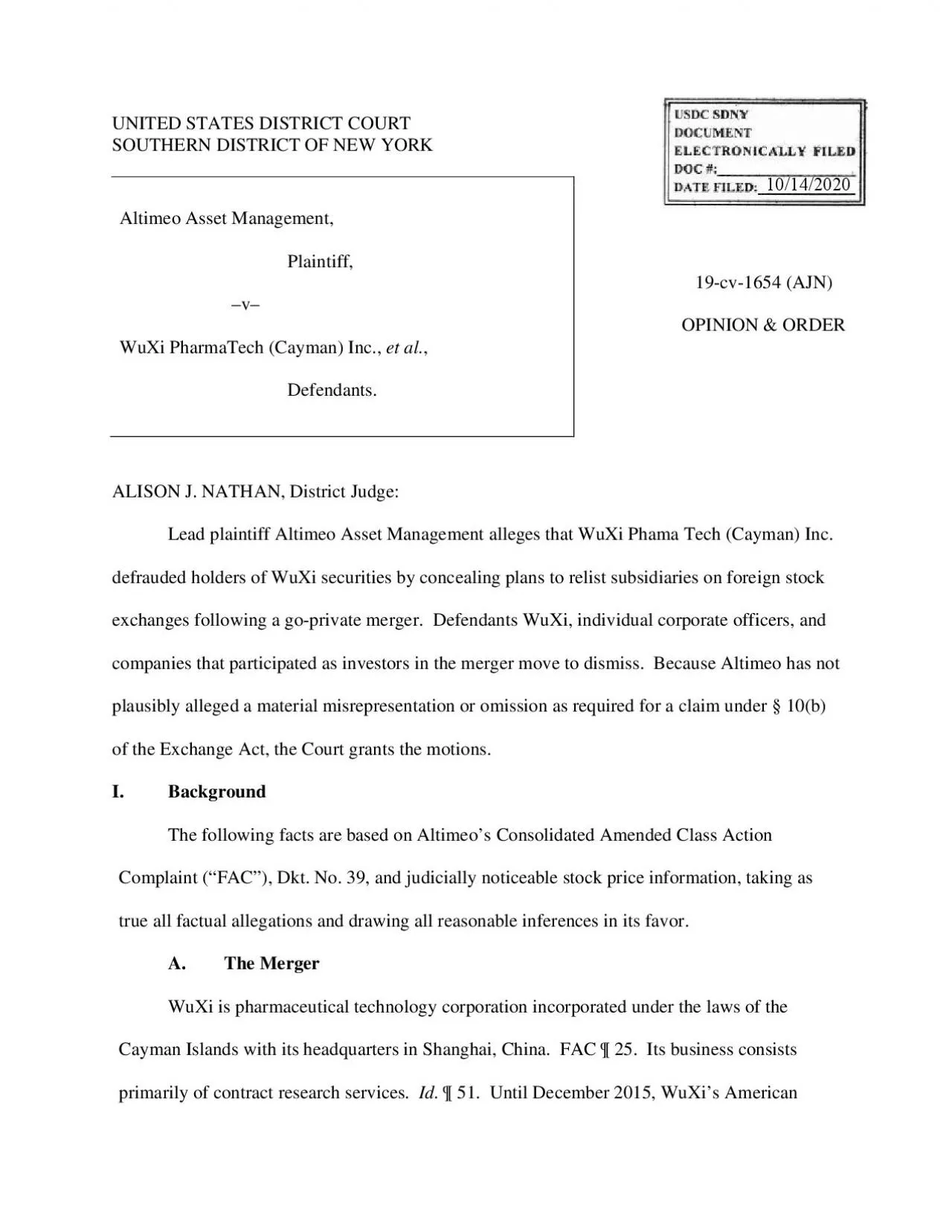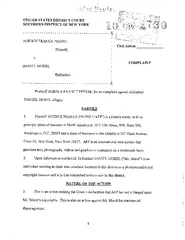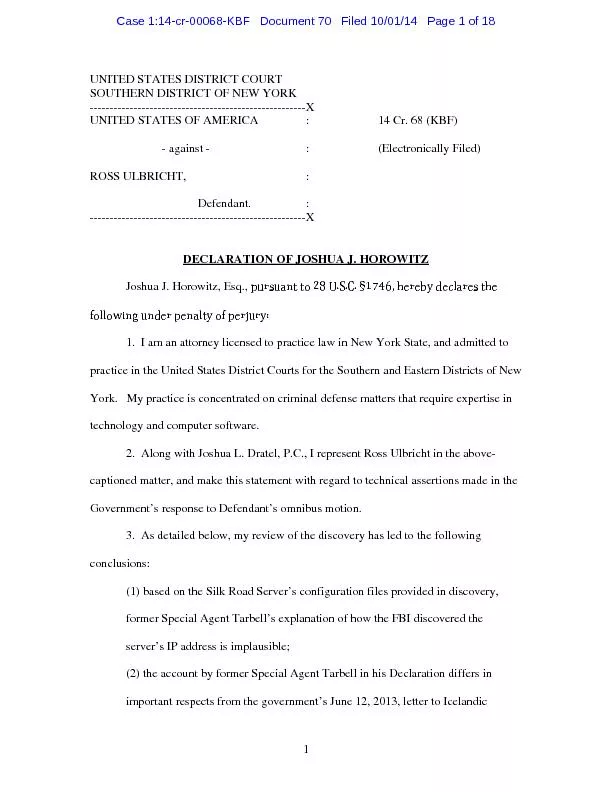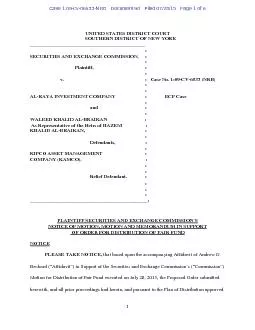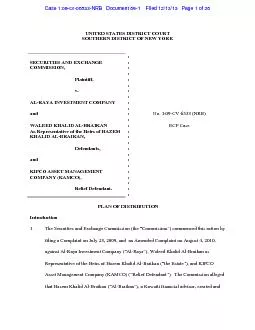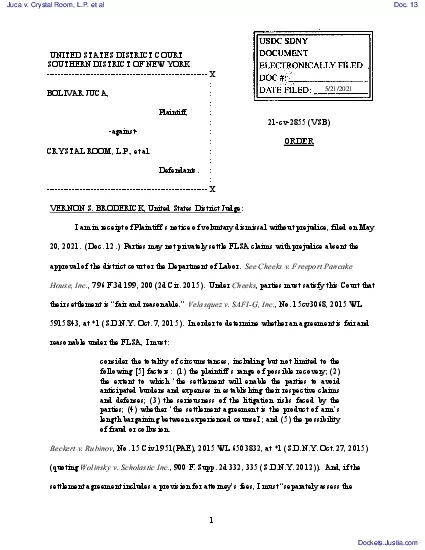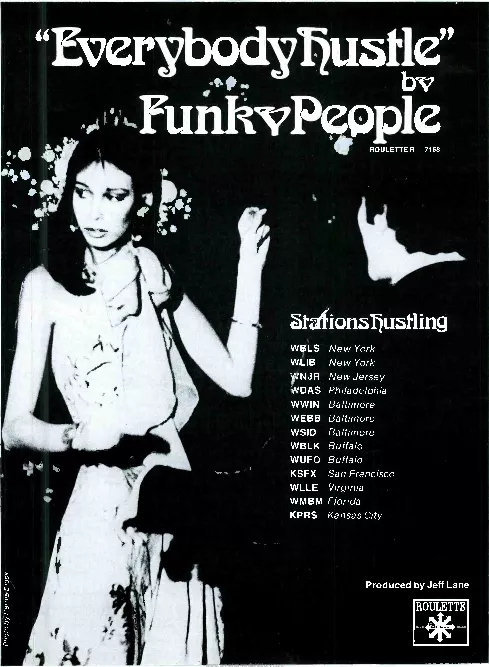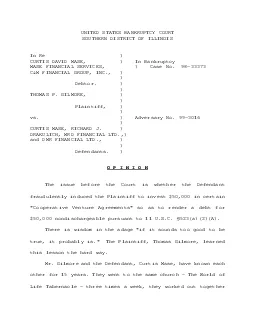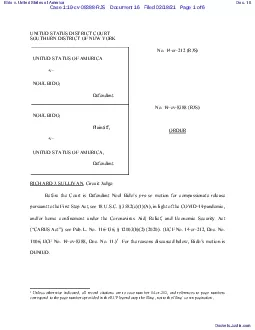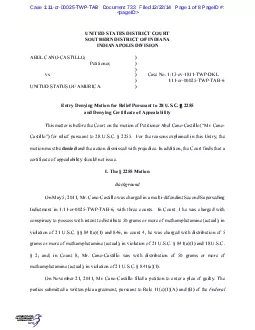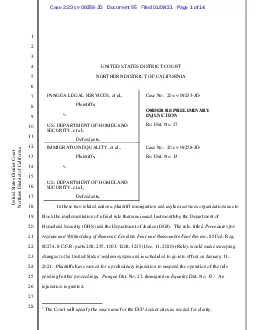PDF-UNITED STATES DISTRICT COURTSOUTHERN DISTRICT OF NEW YORK
Author : emery | Published Date : 2021-09-07
Altimeo Asset ManagementPlaintiff150v150WuXi PharmaTech Cayman Incet al Defendants 1654 AJNOPINIORDERALISON J NATHAN District JudgeLead plaintiff Altimeo Asset Management
Presentation Embed Code
Download Presentation
Download Presentation The PPT/PDF document "UNITED STATES DISTRICT COURTSOUTHERN DIS..." is the property of its rightful owner. Permission is granted to download and print the materials on this website for personal, non-commercial use only, and to display it on your personal computer provided you do not modify the materials and that you retain all copyright notices contained in the materials. By downloading content from our website, you accept the terms of this agreement.
UNITED STATES DISTRICT COURTSOUTHERN DISTRICT OF NEW YORK: Transcript
Download Rules Of Document
"UNITED STATES DISTRICT COURTSOUTHERN DISTRICT OF NEW YORK"The content belongs to its owner. You may download and print it for personal use, without modification, and keep all copyright notices. By downloading, you agree to these terms.
Related Documents

